
On Windows, files that can't be deleted can impact system performance or reduce storage space. This article presents effective methods to forcefully delete these files.
Preparation: Update Computer Drivers
Outdated, corrupted, or incompatible drivers can lead to decreased performance, hardware malfunctions, or system crashes. It is recommended to use Driver Sentry to automatically detect and update drivers, saving time and avoiding the risk of downloading or installing incorrect drivers.
Click the download button to get the latest version of Driver Sentry. After installation, open the software and click "Scan".
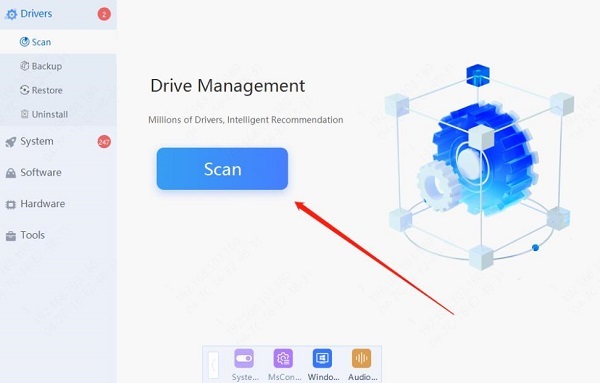
After scanning, it will show which drivers are missing or need updating. Find the driver that needs updating in the results list and click the "Update" button.
After the update is complete, it is advisable to restart your computer to ensure that the updated drivers take effect.
Method 1: Close Programs Using the File
Press Ctrl + Shift + Esc to open Task Manager.
In the "Processes" tab, look for programs that might be using the file.
Right-click the relevant program and select "End Task".
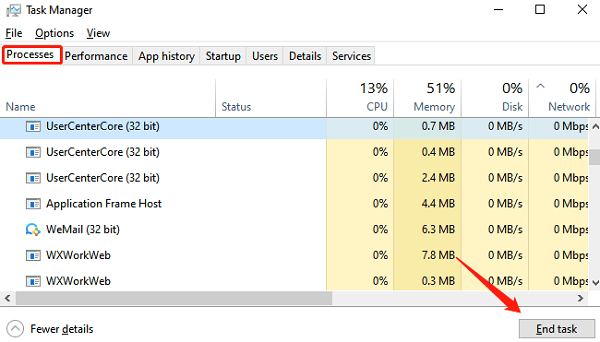
After closing the program, try deleting the file again.
Method 2: Delete Files in Safe Mode
Click the Start button, go to Settings, and choose Update & Security.
Find the Recovery option, and under Advanced start-up, select "Restart now".
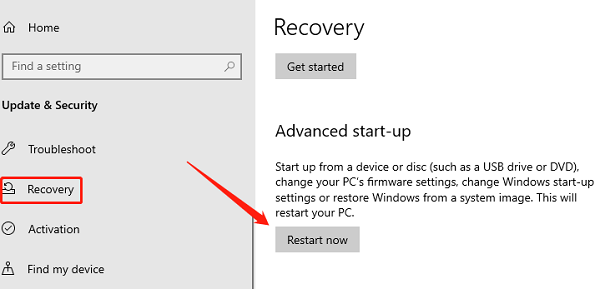
Go to "Advanced Startup", find "Startup Settings", and select "Restart".
In the "Startup Settings" window, press F4 or F5 to enable Safe Mode.

Once in Safe Mode, locate and delete the stubborn file.
Restart your computer, and it will automatically exit Safe Mode.
Method 3: Check File Permissions
Right-click the undeletable file and select "Properties".
Choose the "Security" tab and click "Advanced".
Click "Change" next to the owner and set the owner to the current user.
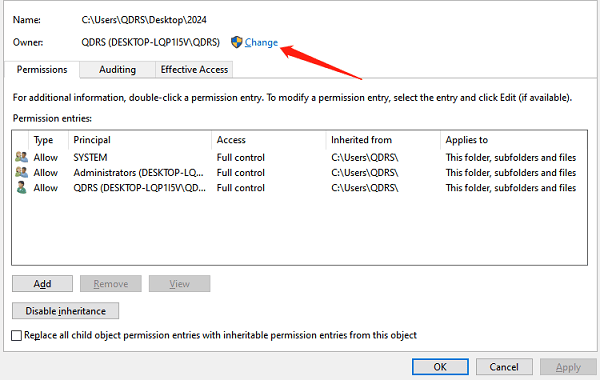
In the "Permissions" section, click "Edit" and grant the current user "Full control" permissions.
Click "OK" and try deleting the file again.
Method 4: Use Command Prompt to Delete the File
Press Win + S to search for "cmd", right-click "Command Prompt", and select "Run as administrator".
In Command Prompt, enter del /f /q path\filename and press Enter.
For example: del /f /q C:\Users\Username\Desktop\file.txt

The file will be forcefully deleted.
Method 5: Check Disk Errors
Open "This PC", right-click the disk to check, and select "Properties".
Go to the "Tools" tab and click "Check".
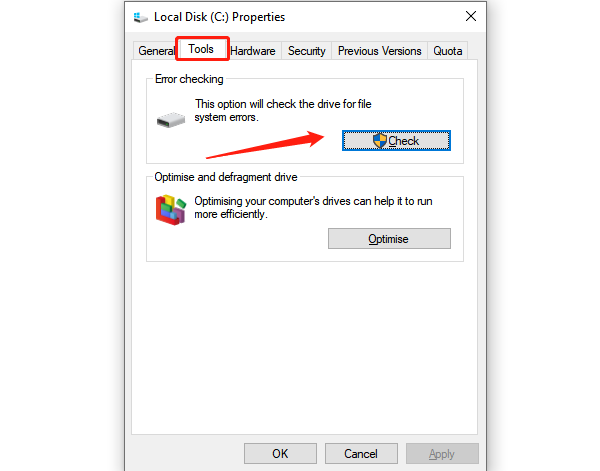
Follow the prompts to check and repair the disk.
After repairing, try deleting the file again.
Method 6: Use PowerShell to Delete the File
Press Win + S to search for "PowerShell", right-click "Windows PowerShell", and select "Run as administrator".
In PowerShell, enter Remove-Item -Path "path\filename" -Force and press Enter.
For example: Remove-Item -Path "C:\Users\Username\Desktop\file.txt" -Force
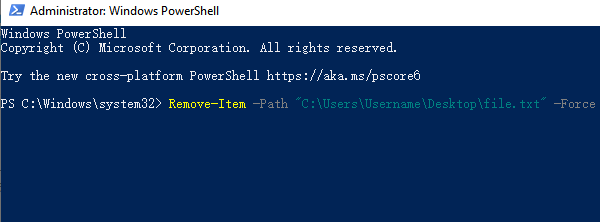
The file will be forcefully deleted.
By using the methods above, you can effectively resolve issues with undeletable files in Windows. Regular maintenance of system files and checking disk errors will help prevent similar problems in the future.
See also:
8 Common Solutions for No Internet Connection
How to Download and Install Wireless Network Card Drivers